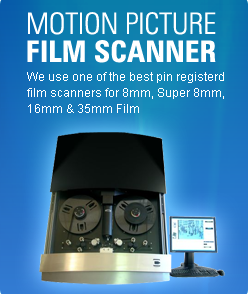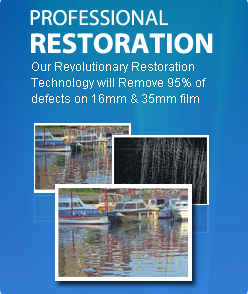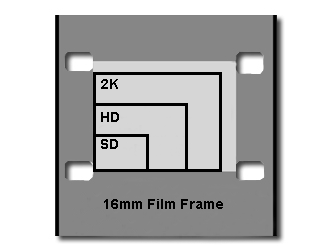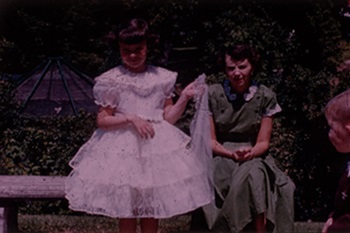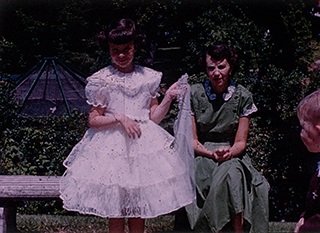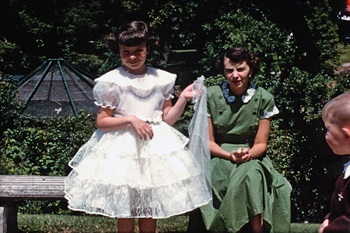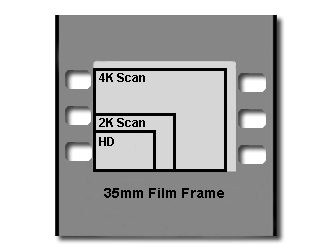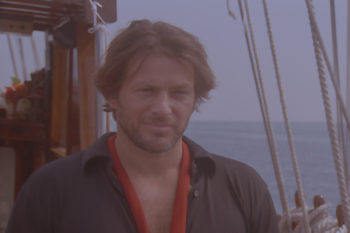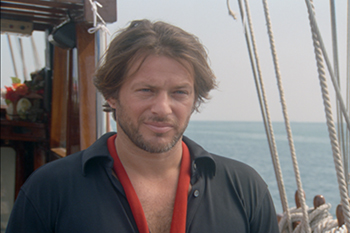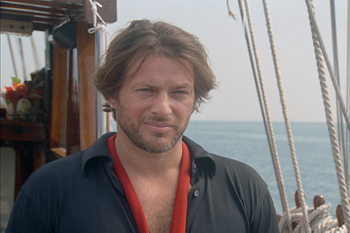
Some customer in Fresno may be wondering just how much information is actually on film!! That's a good question. Film is an analogue source, like a painting. There is a certain resolution needed to faithfully capture all the details in a digital form. The following images are a simplification to illustrate some general points and are not exact.
In general it is recommended that you scan at or above the resolution of the film. For 8mm and Super 8 that means scanning at HD or 2K.
16mm Film Fresno |
|
Process Comparison
|
|
Pro SD Scan
|
|
Pro HD Scan
|
|
Pro 2K Scan
|
|
35mm Film |
|
Process Comparison
|
|
Pro HD Scan
|
|
Pro 2K Scan
|
|
Pro 4K Scan
|
|
Fresno Fun Facts: Aided by its proximity to both San Francisco and Los Angeles, Fresno is enjoying a growing convention business. Fresno, whose name is the Spanish word for "ash tree," is located in the San Joaquin River Valley in central California, midway between San Francisco and Los Angeles. Fresno's growth began in the 1870s after the site was selected as a station on the Central Pacific Railroad. The area's great land and weather attracted farmers and ranchers, many of them immigrants, resulting in a melting pot of nearly 100 nationalities still reflected in Fresno's culture.
California Fun Facts: The first Spanish missionaries arrived in California in the 1700s, but California didn’t become a U.S. territory until 1847, as part of the treaty ending the Mexican-American War. Shortly thereafter, the discovery of gold at Sutter’s Mill in 1848 inspired a wave of settlers to head to the west coast in search of fortune. In 1850 California became the 31st state, and is now the third largest state behind Alaska and Texas.
